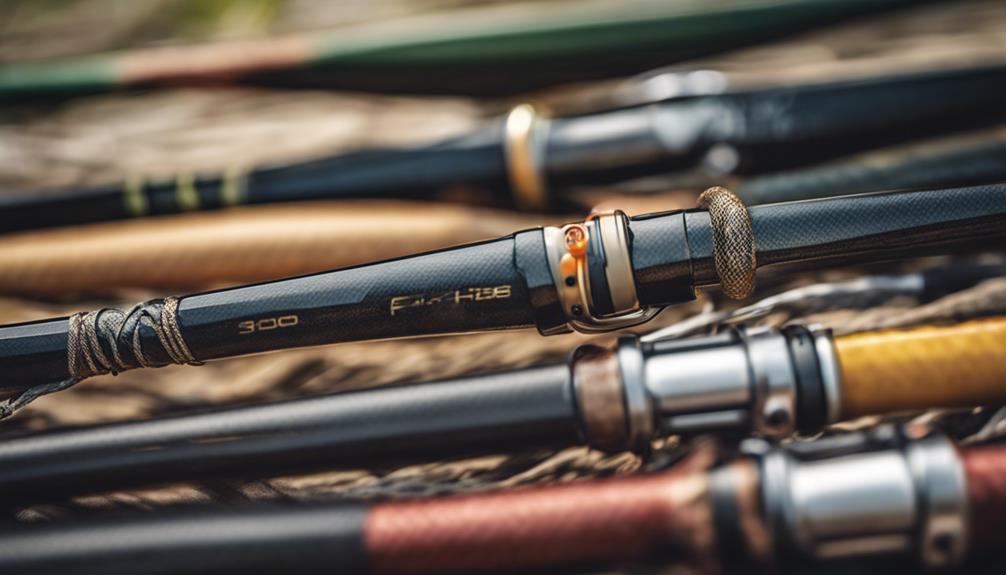Bass fishing with flies is an exhilarating way to target one of the most sought-after freshwater species in North America. With the right techniques, gear, and understanding of the fish’s behavior, anglers can significantly enhance their fishing experience. This blog post dives deep into the world of bass fishing with flies, covering essential tips, techniques, and strategies to help you become a more successful fly angler.
The Basics of Bass Fishing with Flies: Understanding the Species
To effectively target bass with flies, it’s crucial to understand the species you’re dealing with. Largemouth and smallmouth bass are the two most popular species for fly fishing. Largemouth bass are typically found in warmer, shallow waters with plenty of vegetation, while smallmouth bass prefer cooler, rocky environments. Both species are opportunistic feeders, often preying on smaller fish, crustaceans, and insects. By understanding their feeding habits and habitats, you can select the right flies and fishing techniques to improve your chances of success.
Choosing the Right Gear for Bass Fishing with Flies
Selecting the appropriate gear is essential for successful bass fishing with flies. Start with a fly rod that is 8 to 9 feet long and rated for a 6 to 8-weight line, as this provides the necessary backbone to handle larger bass. Pair your rod with a matching reel that has a good drag system to withstand the fish’s powerful runs. The line is equally important; a weight-forward floating line is ideal for most situations, allowing for easy casting and accurate presentations. Don’t forget to use a strong leader and tippet, as bass can be aggressive and may break weaker lines.
Effective Fly Patterns for Bass Fishing
When it comes to bass fishing with flies, choosing the right fly pattern is vital. Bass are attracted to various types of flies, including streamers, poppers, and divers. Streamers imitate baitfish and can be very effective, especially in murky waters or during low-light conditions. Poppers create a disturbance on the surface, mimicking injured prey, and can elicit explosive strikes. Divers, on the other hand, sink below the surface and can be effective in deeper waters. Popular fly patterns include Clouser Minnows, Deceiver flies, and various foam poppers. Experimenting with different patterns and colors can yield impressive results.
Understanding Seasonal Patterns in Bass Fishing with Flies
Bass behavior changes with the seasons, influencing their feeding habits and location. In spring, as water temperatures rise, bass move to shallower waters to spawn. This is an excellent time for anglers to target them with flies. During the summer, bass may seek cooler, deeper waters during the heat of the day, making early mornings and late evenings prime times for fishing. In the fall, bass begin to feed aggressively to prepare for winter, making it a great time for using larger flies. Winter fishing can be challenging, but targeting deeper areas with slow presentations can still yield success.
Techniques for Casting and Presenting Flies to Bass
Effective casting and presentation techniques are fundamental to bass fishing with flies. Use a double haul casting technique to generate extra line speed and distance, which is particularly useful when casting into windy conditions. When presenting the fly, aim for natural movements that mimic prey. You can achieve this by using short, quick strips for streamers or a slow, rhythmic pop for surface flies. It’s crucial to pay attention to the water’s surface for signs of feeding activity, such as surface disturbances or jumping fish, as these cues can guide your casting strategy.
Where to Find Bass: Ideal Locations for Fly Fishing
Identifying the right locations is key to successful bass fishing with flies. Look for areas with structure, such as submerged rocks, fallen trees, and weed beds, where bass are likely to ambush prey. During warmer months, shallow bays and backwaters offer excellent opportunities. In rivers, focus on eddies, pools, and riffles where bass might be hiding. Local lakes and ponds can also be fruitful, especially those with abundant vegetation. Utilizing maps and local fishing reports can help you discover the best spots in your area.
Practice and Patience: The Keys to Success in Bass Fishing with Flies
Like any fishing technique, mastering bass fishing with flies requires practice and patience. Spend time honing your casting skills and getting familiar with your gear. Practice different retrieves and experiment with various fly patterns to see what works best in your local waters. It’s important to remain patient, as bass can be finicky, and it may take time to find the right combination of techniques and flies. Remember, every fishing trip is an opportunity to learn, so keep an open mind and enjoy the process.
Conservation and Ethical Practices in Bass Fishing with Flies
As anglers, it’s our responsibility to practice ethical fishing and conservation. When bass fishing with flies, consider using barbless hooks to minimize injury to the fish. Always practice catch and release, especially for larger breeding females, to ensure the sustainability of bass populations. Be mindful of local regulations and guidelines, and respect the natural habitats by minimizing your impact on the environment. By following these practices, you contribute to the future of bass fishing and preserve the sport for generations to come.
—
In conclusion, bass fishing with flies offers a unique and rewarding experience for anglers of all skill levels. By understanding the species, selecting the right gear, choosing effective fly patterns, and honing your techniques, you can significantly enhance your fishing success. Remember to respect the environment and practice ethical fishing to ensure the sustainability of this exciting sport. With patience and practice, you’ll be well on your way to becoming a proficient fly angler, ready to tackle the waters and enjoy the thrill of bass fishing.
